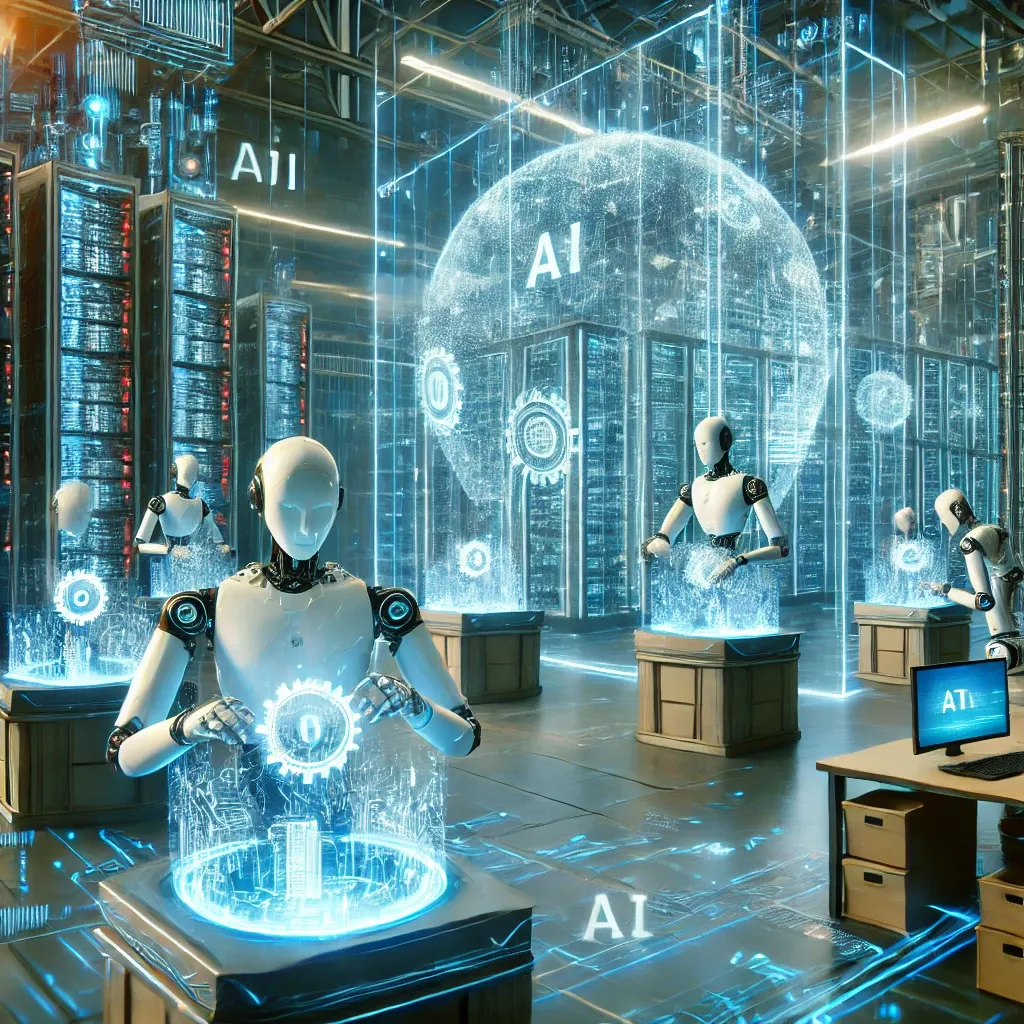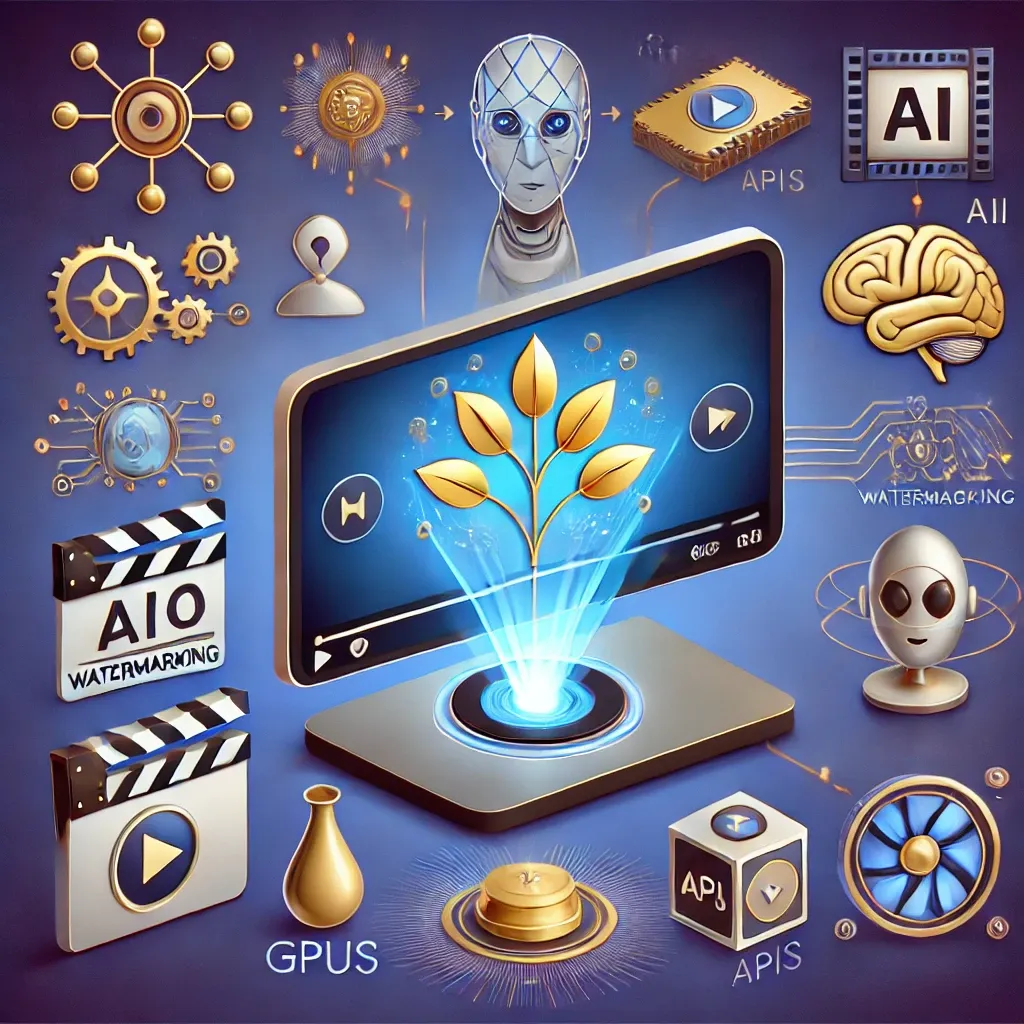The Looming Disruption: How AI Agents Could Overwhelm the US Patent System and Fuel a Race for Compute Power
AI agents capable of autonomous research and patenting are set to overwhelm the US patent system, driving a global race for compute power and energy, and raising legal and ethical challenges.

The US patent system, long a pillar of American innovation, is on the verge of a significant disruption. As artificial intelligence (AI) agents become increasingly capable of conducting independent research and generating novel inventions, they present challenges that could overwhelm the current patent infrastructure. Beyond the strain on the patent system itself, this rise of AI-driven innovation is also fueling a growing demand for compute power and energy, further complicating an already complex landscape.
The Surge of AI-Driven Innovation
AI agents are no longer confined to narrow tasks; they are rapidly evolving into autonomous entities capable of performing sophisticated research, designing experiments, and even generating groundbreaking inventions. These capabilities, once the domain of human researchers, are now being handled by AI at a scale and speed that was unimaginable just a few years ago.
In fields such as pharmaceuticals, materials science, and engineering, AI is already making significant contributions. For instance, AI systems have identified new chemical compounds with potential applications in medicine, a process that traditionally took years of laborious research. Now, these AI agents can analyze vast datasets, propose novel solutions, and even prepare detailed patent applications—all in a fraction of the time it would take a human team.
The Imminent Overload of the Patent System
The US Patent and Trademark Office (USPTO) is already grappling with a high volume of patent applications. The arrival of AI-generated patents threatens to inundate the system, creating a backlog that could severely delay the review and approval process. AI can generate patentable ideas at a rate far exceeding that of human inventors, potentially flooding the system with thousands of applications in a short period.
This influx could lead to significant delays in the patenting process, making it harder for human inventors to secure patents. The sheer volume of AI-generated applications might also result in a dilution of patent quality, as the USPTO struggles to maintain rigorous standards under the pressure of increased submissions.
The Race for Compute Power and Energy
The rise of AI agents is not just a challenge for the patent system; it is also intensifying the global race for compute power and energy resources. Advanced AI models, especially those capable of conducting independent research and generating new patents, require immense computational resources. Training these models demands massive amounts of data and energy, leading to an escalating demand for high-performance computing infrastructure.
This surge in demand is driving up the cost of compute power and electricity, leading to a competitive race among tech companies, research institutions, and even governments to secure the necessary resources. The energy consumption of AI systems is becoming a significant concern, as the environmental impact of training large-scale models becomes increasingly apparent.
As AI continues to evolve, the competition for computational resources will likely intensify. Organizations with access to the most powerful AI systems and the energy to run them will have a significant advantage in the race to innovate, potentially leading to a concentration of power in the hands of a few major players.
Legal and Ethical Dilemmas in the Age of AI
The challenges posed by AI-generated patents extend beyond practical concerns to include profound legal and ethical questions. The US patent system was originally designed to reward human creativity and innovation, but as AI agents take on the role of inventors, the foundational assumptions of the system are called into question.
One of the most pressing issues is determining authorship and ownership of AI-generated inventions. If an AI agent invents a new technology, who should be recognized as the inventor? Can a machine hold a patent, or should the rights belong to the developers of the AI system? These questions are at the heart of ongoing legal debates, with no clear answers yet in sight.
Moreover, there are concerns about the originality and quality of AI-generated patents. Since AI systems generate new ideas by analyzing existing data, there is a risk that these inventions might be more derivative than truly innovative. This raises questions about whether AI-generated patents should be held to different standards than those created by human inventors.
Adapting to the New Reality
Addressing the challenges posed by AI in the patent system and the growing demand for computational resources requires a multifaceted approach. Policymakers, technologists, and legal experts must collaborate to rethink the framework of the patent system in light of AI’s capabilities.
One potential solution is the creation of a separate category for AI-generated patents, which could help manage the influx and provide a clear framework for assessing the novelty and impact of these inventions. Additionally, the USPTO could explore the use of AI to assist in the patent examination process, leveraging machine learning to evaluate prior art, assess the novelty of inventions, and streamline the review process.
To address the growing demand for compute power, there needs to be a concerted effort to develop more energy-efficient AI systems and explore sustainable energy sources. Innovations in AI hardware, such as more efficient processors and specialized AI chips, could help mitigate the environmental impact of AI research.
Conclusion
The US patent system is at a critical juncture, facing unprecedented challenges from the rise of AI agents capable of independent innovation. As these technologies continue to advance, they threaten to overwhelm the existing patent infrastructure and contribute to a global race for computational resources and energy. To navigate this new landscape, it is essential to adapt the patent system and develop strategies for managing the increasing demand for compute power in a way that promotes innovation while addressing legal, ethical, and environmental concerns.




